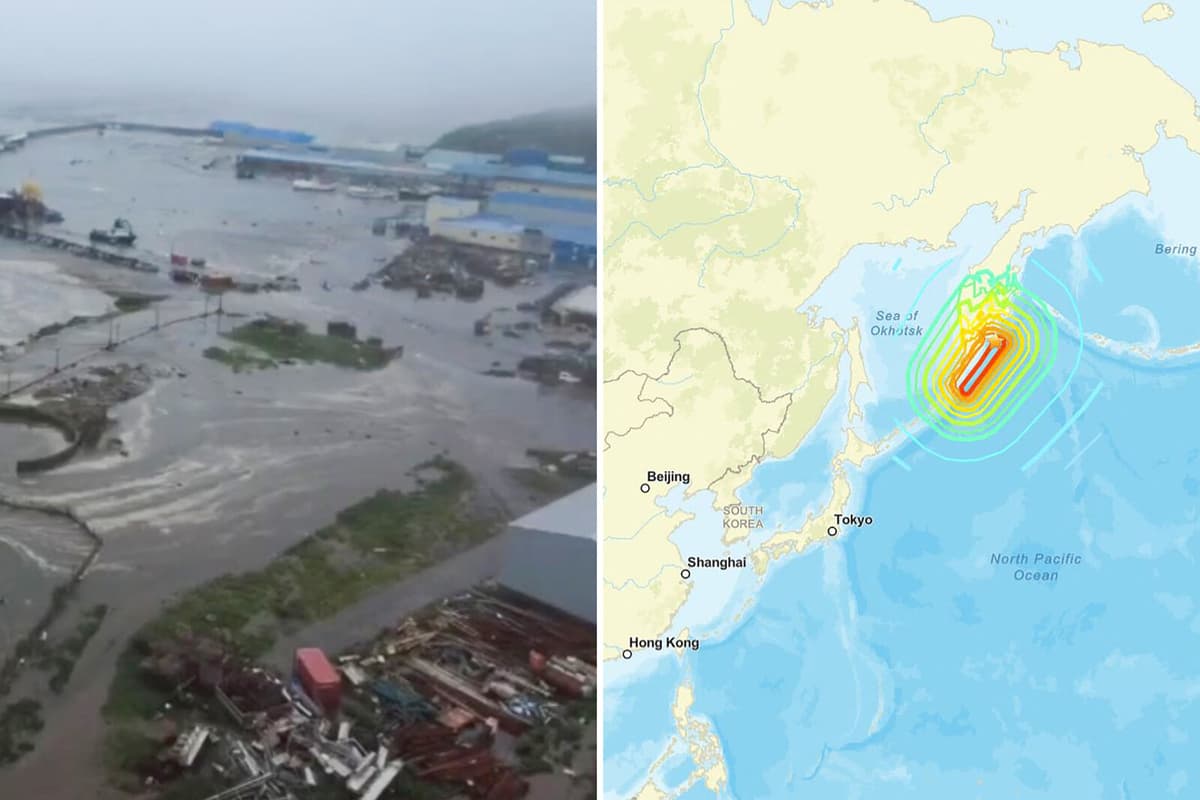The massive earthquake occurred during the night to Wednesday Swedish time near the Kamchatka Peninsula in Russia. Waves of three to four meters were measured in Kamchatka, but the tsunami warning could later be lifted.
During Wednesday evening Swedish time, the greatest danger had passed in several places around the world, including in the USA, Japan, and Russia.
However, several downgraded tsunami warnings remain in place along the US west coast and in Hawaii, where strong winds and smaller tsunami waves are expected.
A tsunami is not just a wave. It's a series of powerful waves over a long period of time, says tsunami expert Dave Snider to AP.
New warnings in South America
Meanwhile, Chile and Colombia have issued new warnings and evacuations along the coast towards the Pacific Ocean. In Ecuador, schools on the Galapagos Islands have been closed.
Nearly 2 million people have been asked to evacuate in Japan, which has downgraded its warnings for several areas.
Authorities in the Philippines, Mexico, and New Zealand warned residents earlier to be aware of waves and strong currents. In several island nations in Polynesia, the population was urged to stay away from the beaches.
Six aftershocks
The earthquake that preceded the tsunami warnings occurred at a depth of 20.7 kilometers, according to the US Geological Survey USGS. Its epicenter was about 12 miles east of the Kamchatka Peninsula's only major city, Petropavlovsk-Kamchatsky.
Russian authorities report no deaths in the earthquake or subsequent tsunami, but several people are said to have been injured.
The earthquake is believed to be the strongest in the world since March 2011. At that time, an earthquake occurred off northeastern Japan with a magnitude of 9.0 - which caused a massive tsunami that, among other things, triggered a meltdown at the Fukushima nuclear power plant.
Only a few more powerful earthquakes have ever been measured in the world, and they have often claimed tens of thousands of lives.





